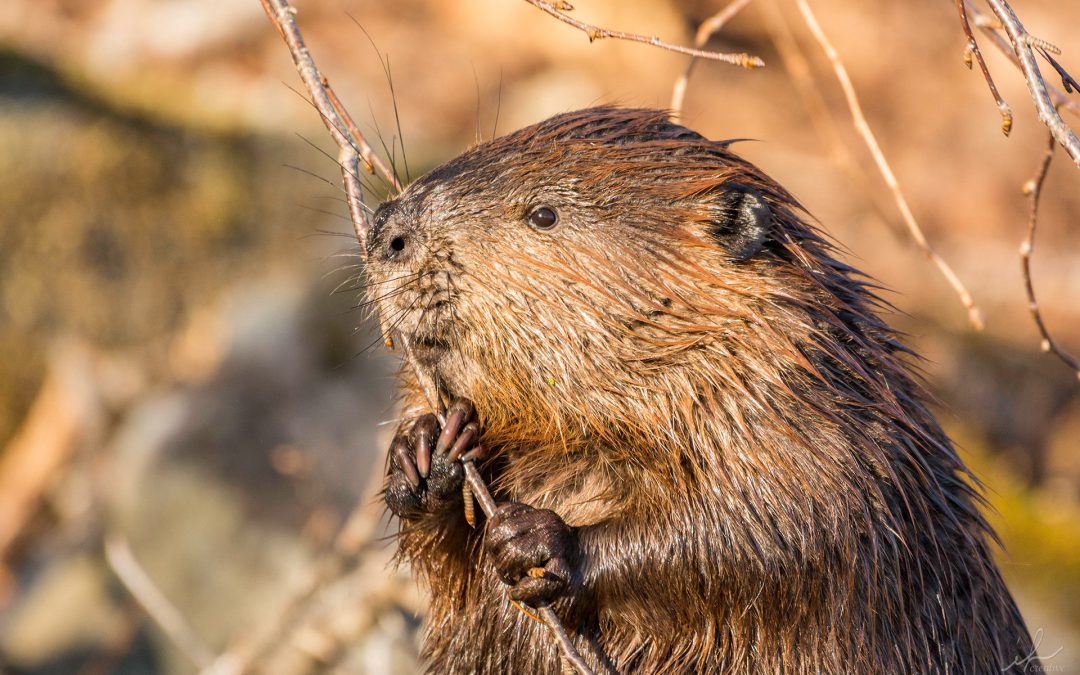Beavers are ecosystem engineers.
They create wetlands that generate habitat for a myriad of species thereby increasing biodiversity, storing water during droughts, improving water quality and minimizing flood risk.
But if you’re a shoreline property owner who has planted trees and shrubs only to have them cut down by your local beavers, you may be finding it hard to appreciate them! However, with a little bit of work, we can co-exist.
Beavers love alder, willow, poplar, aspen and birch. Therefore, you may want to reconsider planting these species. Instead, opt for trees and shrubs that beavers are less fond of such as spruce, ninebark, twinberry and elderberry.
If there are certain trees you’d like to safeguard from busy beavers, consider wrapping them with 14-gauge, 2×4 inch galvanized fencing wire or welded wire mesh. Don’t use chicken wire as it isn’t strong enough. Make sure to leave 20 to 30 centimetres between the tree and the fencing so that the tree has room to grow. Consider checking on it periodically to make sure the tree isn’t being damaged. As for how high up the trunk the mesh should reach, remember to consider snow and flood water; typically, one metre in height should work. You can also use landscape pins or staples to secure the fencing to the ground if needed.
If you have a larger area that you would like to keep beavers away from, consider fencing off the area. You can use the same 14-gauge, 2×4 inch fencing wire or mesh outlined above. The fence should be 1.5 metres in height and make sure the fencing is, at a minimum, flush to the ground. Beavers are able to dig, so burying the fence 0.5 metres is even better to help eliminate any future issues.

